Dragonfly watchers in Great Britain and Ireland are living in exciting times! Over the past decade or so we have seen rapid extensions of the breeding ranges of a number of species, and also an unprecedented number and variety of migrants. 2012 was a particularly interesting year, with e.g. the first British records of Large White-faced Darter Leucorrhinia pectoralis for over 150 years, and good numbers of apparently locally-bred Southern Migrant Hawkers Aeshna affinis around the Thames Estuary.
We are fortunate in the British Isles, as nearly all of our adult dragonflies can be readily identified in the field, given good enough views. However, given the increase in national rarities and migrants, most of which are found by observers with only limited experience of the species, a formal system to assess sight records is used, along the lines of the British Birds Rarities Committee. Such a committee ensures that there is a permanent, firm basis for including species on the national list and an established system for tracking the patterns of occurrence or colonisation of migrants.
The Odonata Records Committee (ORC) was set up by the BDS in 1998, comprising a small group of experienced dragonfly specialists who critically assess sight records of the rarest migrant dragonflies. The ORC normally considers records from Britain, including the Isle of Man, and additionally is happy to advise on Channel Islands records. Records for the whole of Ireland are handled separately.
What The Committee Does
The ORC only deals with the rarest species, currently Southern Emerald Damselfly Lestes barbarus, Vagrant Emperor Anax ephippiger, Scarlet Darter Crocothemis erythraea, Vagrant Darter Sympetrum vulgatum and anything rarer. Records of Willow Emerald Damselfly and Southern Migrant Hawker away from current known breeding areas are also considered. The ORC no longer assesses records of Lesser Emperor or Small Red-eyed Damselfly, and has never dealt with sightings of Red-veined or Yellow-winged Darters, since these have usually been seen more regularly. Also, in general, the Committee does not consider records of established British species.
Submitting Records
For a record to be assessed and validated, we need something to work on – even a record from a Committee member will not be accepted if it consists only of the bald statement, “I have seen Trithemis annulata“! These days, many dragonfly watchers take photographs, and these can be invaluable in providing back-up for a record. However, photographs can sometimes be misleading. Usually a single shot will not show all the key features and critical areas for identification and the extremities are often out of focus. If at all possible, areas such as the anal appendages, the pronotum, the side of the thorax, the pterostigma and any other critical features should be specifically zoomed in on, so each feature is targeted even if the remainder of the insect is out of focus. At the same time, we accept that few dragonflies pose for extended periods!
Photographs are, however, not a pre-requisite for records to be considered, and ‘description-only’ records are treated as being of equal worth. Such descriptions need not be highly technical in style, but should be based on notes made in the field and contain sufficient detail to rule out similar, commoner, species. A general description, with emphasis on key features that serve to characterise the species, should usually suffice. Even if photographs are available, it is always very helpful if a few lines of description are still included. The description should again mention the key features and crucially, all descriptions should explain what led the observer to identify the dragonfly as the one proposed and not a similar species. It is also helpful to know of any previous experience of the species, if any.
Finally, if you have seen a dragonfly that you think could be a rare migrant, but you are not completely sure of the identification, then we might be able to assist, especially if you have a good description or photograph. You may, however, prefer to contact your local county recorder in the first instance, who may even be in a position to go and look for the dragonfly. In either case, it is far more important that you submit your record to someone than not submit it at all.
The ORC will always be pleased to provide further details or advice on submitting records.
Records should be sent to Adrian Parr, 10 Orchard Way, Barrow, Bury St Edmunds, Suffolk IP29 5BX. Email: adrian.parr@btinternet.com.
Current Committee members are Adrian Parr (Suffolk, Chairman), Allan Brandon (Conwy), Dave Smallshire (Devon), Pam Taylor (Norfolk), Mark Tunmore (Cornwall) and Steve Jones (Cornwall).
Title image: Red-veined Darter by Trevor Willis
